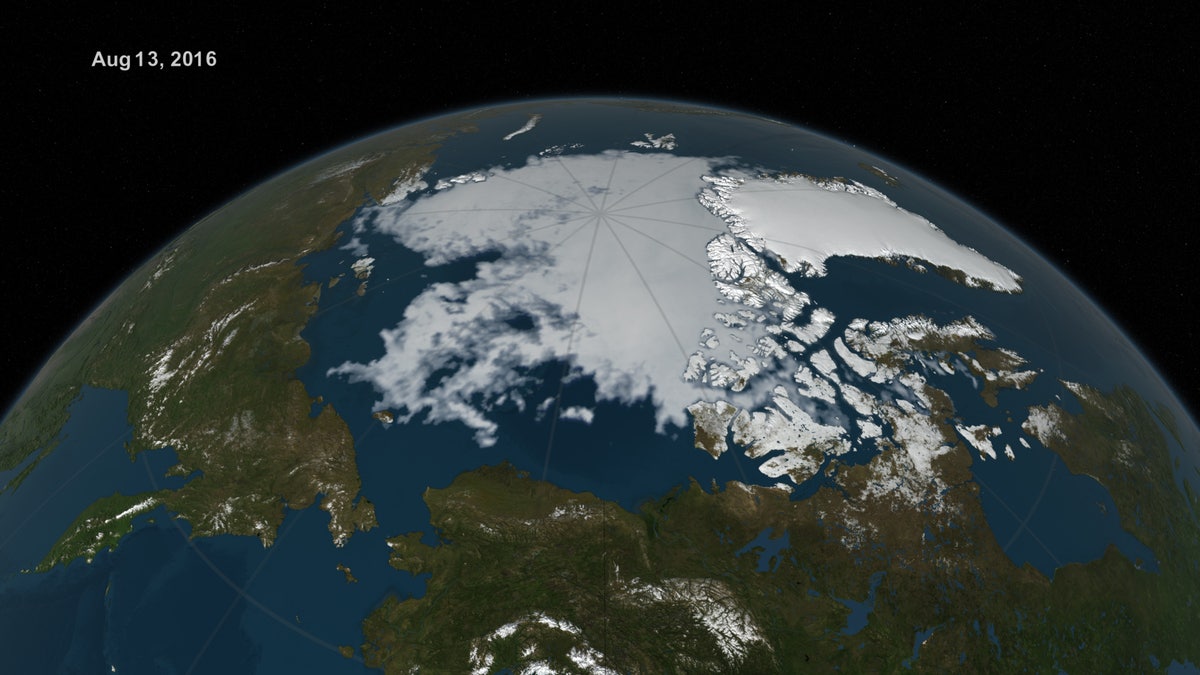
Sea ice in the Arctic probably will not set a record for how much it’s going to melt this summer, but the low amount of it in general has become the “new normal,” NASA announced on Friday.
The ice in the globe’s north melted faster than usual this spring, setting a record in March. It continued to melt quickly during May. By the end of that month, the melt was ahead of schedule, NASA said.
Then the weather changed, and conditions like clouds and lower temperatures slowed the melting. In August, the melt picked up speed again.
Related:
“Even when it’s likely that we won’t have a record low, the sea ice is not showing any kind of recovery. It’s still in a continued decline over the long term,” Walt Meier, a sea ice scientist at NASA’s Goddard Space Flight Center in Greenbelt, Maryland, said in a statement. “It’s just not going to be as extreme as other years because the weather conditions in the Arctic were not as extreme as in other years.”
The news about the sea ice follows an announcement from NASA that July was the warmest July on the record books, and also the warmest month in recorded history, which begins in 1880.
The NASA announcement about July agrees with an assessment from NOAA, which also said that July was the world’s hottest month on record. The month’s temperatures— averaged across the land and oceans— was 1.57 degrees above average.
Scientists attribute the Earth’s warming temperatures to human actions like the burning of fossil fuels. In its most recent assessment, the Intergovernmental Panel on Climate Change said that: “Human influence on the climate system is clear, and recent anthropogenic emissions of greenhouse gases are the highest in history.”
Skeptics have largely dismissed fears over man’s impact on global warming, saying climate change has been going on since the beginning of time. They also claim the dangers of a warming planet are being wildly exaggerated and question the impact that fossil fuels have had on climate change.
